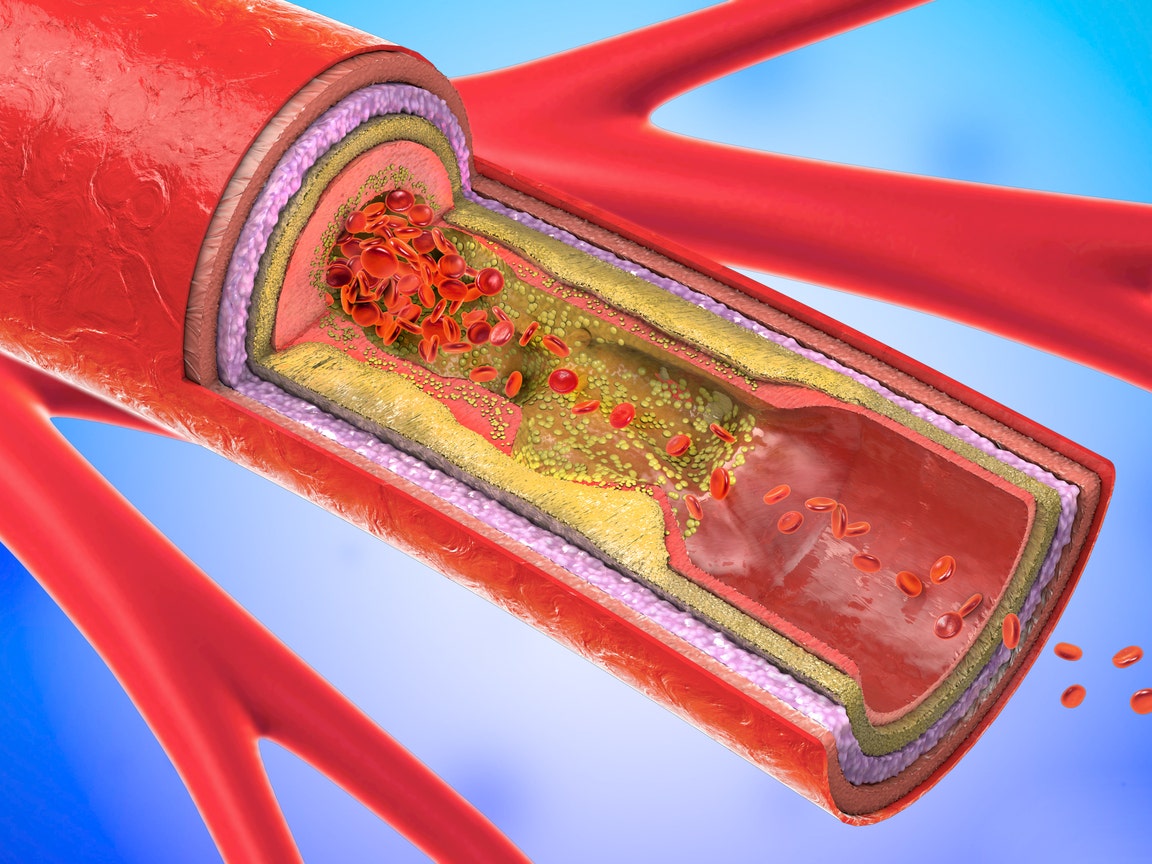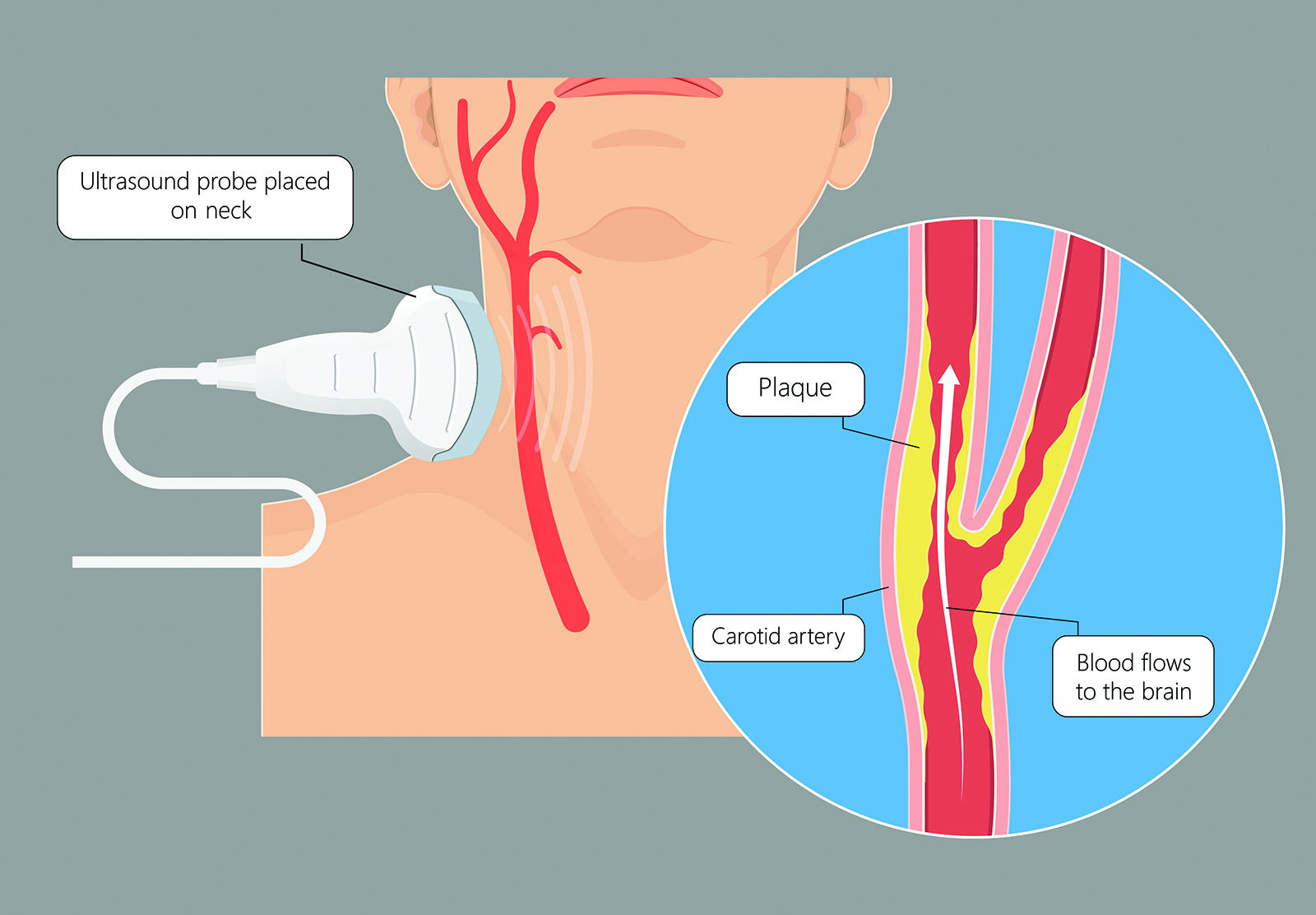What Is Tcar Procedure - For patients requiring surgery to address their carotid artery disease, one of the first things to consider is the effect surgery can have on the patient, the patient's body, and most importantly, the patient's brain. While any carotid artery repair carries some risk of stroke caused by the repair itself, Silk Road Medical has developed a procedure that carries the same low stroke rate as the traditional surgical option with a less invasive method that reduces the risk of heart attack, nerve damage and reduces the time required to perform the procedure and the amount of time the average patient has to spend in hospitalization.
Transcarotid artery revascularization (TCAR) is a clinically proven treatment option for carotid artery disease. The procedure begins with a small incision just above the collarbone to allow access to the carotid artery (photo A). A sheath (short hollow tube) is then inserted into the carotid artery (figure B). To protect the brain from debris during the procedure, a circuit outside the body directs blood flow away from the brain and back safely to a vein in the leg. This is called "reverse flow" (figure C) and allows the doctor to place a stent (expandable mesh tube) at the site of disease for long-term plaque stabilization and stroke prevention.
What Is Tcar Procedure
TCAR is a patient-friendly endovascular procedure that incorporates the neuroprotective principles of CEA. It uses a system that temporarily reverses blood flow away from the brain, collecting any debris in the device's filter, before returning blood to a vessel in the leg. Once reverse-flow neuroprotection is established, a stent is then implanted into the lesion for long-term plaque stabilization and stroke prevention. TCAR is suitable for patients at increased risk of surgical complications due to age, medical comorbidities or anatomical issues.
Ssm Health Medical Minute
We use cookies on our website to give you the most relevant experience by remembering your choices and your subsequent visits. By clicking "Accept", you agree to the use of ALL cookies. However, you can visit Cookie Settings to provide controlled permissions.Cookie SettingsACCEPTJECT
This website uses cookies to improve your experience while you navigate through the website. Out of these cookies, the cookies that are categorized as necessary are stored on your browser as they are essential for the working of basic website functions. We also use third party cookies which help us analyze and understand how you use this website. These cookies will only be stored in your browser with your consent. You also have the option to deactivate these cookies. However, disabling some of these cookies may have an impact on your browsing experience.
Necessary cookies are absolutely essential for the website to function properly. This category only includes cookies that guarantee the basic functions and security features of the website. These cookies do not store any personal information.
Any cookies that are not particularly necessary for the website to function and is used specifically to collect user personal data via analytics, ads, other embedded contents are called non-necessary cookies. It is mandatory to procure user consent before running these cookies on your website. Transcarotid artery revascularization (TCAR) is a minimally invasive surgery for the treatment of carotid artery disease and the prevention of future strokes. The traditional treatment for blockages in the carotid artery -- the main artery that supplies blood to the brain -- is an open operation called a carotid endarterectomy, but it's dangerous for some patients due to age, anatomy, or other medical conditions. TCAR offers an alternative. Instead of making a long incision in the neck and opening up the carotid artery, the surgeon works through a small incision to stabilize the plaque from inside the artery and restore normal blood flow to the brain.
Carotid Artery Disease
You may be a candidate for TCAR if you have carotid artery disease. Because many patients experience no symptoms in the early stages, your doctor may screen you for the condition if you have risk factors, such as high blood pressure, diabetes, obesity, or smoking, or if you have vascular disease elsewhere in your body . By listening to the blood flow in your throat with a stethoscope, your doctor may be able to detect a blockage and then order further tests.
If you experience stroke-like symptoms, you should seek immediate medical attention and be evaluated for carotid artery disease. These symptoms include sudden loss of vision or speech, slurred speech, weakness or numbness on one side of the face or body, and dizziness or fainting.
If carotid artery disease is suspected, these tests are used to confirm the diagnosis and guide further treatment:

TCAR is a minimally invasive procedure. The operation is performed through a much smaller incision and in much less time than the standard open operation.
Dr. Ankur Lodha Is First Cis Physician In Lafayette To Use Innovative Tcar Procedure To Treat Carotid Artery Disease
TCAR takes place in an operating room. After you've been placed under anesthesia, your surgeon will make a small incision in your neck, just above your collarbone. A tube is inserted directly into the carotid artery and then connected to a system that temporarily reverses blood flow away from the brain; this prevents any loose pieces of plaque from reaching the brain and causing a stroke. (Your brain still receives blood from other arteries.) The blood is filtered out of the system and then returned to your body through a second tube connected to a vein in your groin. As blood flow is reversed, a stent (a small expandable tube) is placed in the artery to stabilize the plaque and prevent it from causing a stroke. Once the stent is placed, the surgeon stops the blood flow reversal and blood resumes its flow to the brain.
More than 15,000 TCAR procedures have been performed worldwide, and patient outcome data has been excellent.
Most patients are able to go home the day after the procedure and resume normal activities quickly. Recovery is faster than with traditional surgery, with minimal pain and less scarring.
You will likely be prescribed medicines to prevent blood clots from forming in the newly opened artery. It is important to follow your doctor's instructions for these medicines. As part of follow-up care, your doctor may order a follow-up ultrasound to determine if the stent is working.
Enroute® Transcarotid Neuroprotection System
If you experience unusual headaches, dizziness, or other unfamiliar symptoms, call the doctor who performed the procedure right away or call 911. An innovative carotid artery procedure called TCAR reverses blood flow to reduce the risk of stroke within the radius of revascularization . It is now performed at Michigan Medicine.
Gordon Ash was expecting his first major operation this summer: a carotid endarterectomy to treat his narrowed carotid artery.
But when a CT scan showed the blockage in his artery was further up the neck than many other patients with carotid artery disease, Ash became the first person at Michigan Medicine to undergo a new treatment.

LISTEN: Add the new Michigan Medicine News Break to your Alexa-enabled device or subscribe to our daily audio updates on iTunes, Google Play and Stitcher.
Tcar: Less Invasive Carotid Artery Disease Solution
TCAR, which stands for transcarotid artery revascularization, uses a device from Silk Road Medical to briefly reverse the direction of blood flow. With blood (and any clots) flowing out of the brain while the doctor operates, the patient's risk of having a stroke during the procedure is lower.
It's a technique developed by Enrique Criado, MD, a former Michigan medical school member, and tested at Michigan Medicine in clinical trials. TCAR was recently approved by the Food and Drug Administration.
"This is a promising treatment, and stroke rates have been reported as low as 1.4 percent in studies," said Nicholas Osborne, MD, Ash's surgeon and assistant professor of surgery at UM. "It's a safer carotid stenting procedure than anything previously proposed."
Osborne describes TCAR as a hybrid of what's already available to treat a narrowed carotid artery, but with a twist.
For Vascular Labs, Accreditation Drives Quality And Objectivity
First, the surgeon takes a small exposure to the carotid artery in the lower neck. After reversing blood flow away from the brain, the surgeon will stent directly from that site, avoiding the risks that come with traveling up the femoral artery, aorta, and up the carotid artery.
When the stent is placed across the TCAR, allowing the carotid artery to function normally, blood flow returns to its normal direction to the brain.
With TCAR, a patient's blood flow is briefly reversed to reduce the risk of stroke during carotid artery surgery.

The procedure was first reported about 14 years ago and the unique nature of the method has appealed to vascular surgeons. The general idea, however, is a familiar one.
Mercy's Vascular Surgeons Perform Innovative Tcar Procedure To Treat Carotid Artery Disease
"In open vascular surgery, it's not unusual for us to let the arteries bleed to wash them out," says Osborne. "This was actively applying that open surgery technique to an endovascular procedure."
"Initially, I expected and wanted the standard endarterectomy procedure," the 62-year-old said. "But Dr. Osborne thought TCAR was a better option for me, so I said, 'Well, that's what we'll do.'"
Typically, surgeons have recommended stenting or endarterectomy to repair the carotid artery. Carotid femoral artery stenting carries a higher risk of stroke, Osborne said, which means it's used less commonly. The wire and the distal shield













